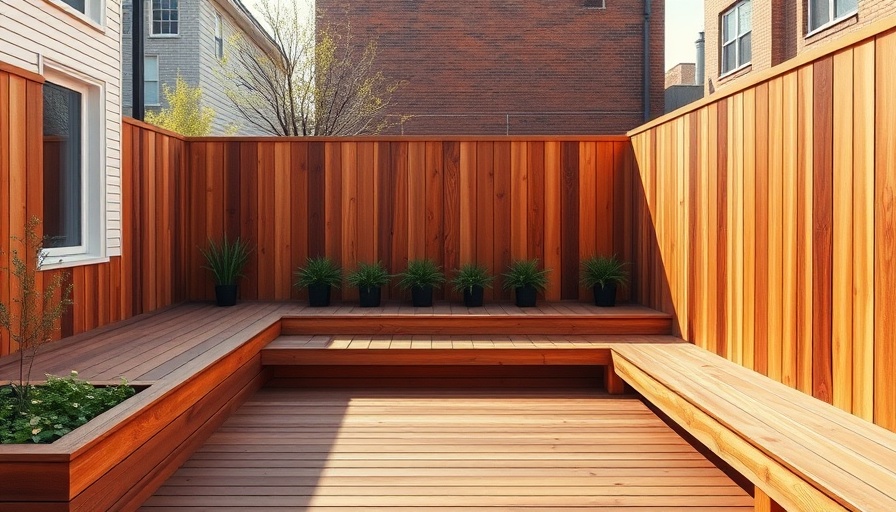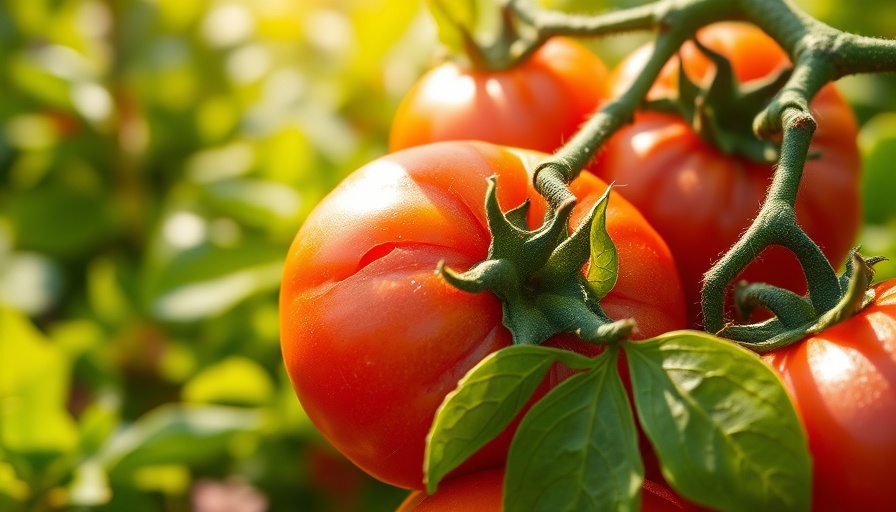
Unveiling the Truth About Pressure-Treated Wood
Pressure-treated wood has become a staple for outdoor projects, offering homeowners a reliable solution for decks, fences, and other structures that withstand the elements. But just how durable is this material? The answer isn't straightforward, as various factors influence its longevity.
The Science Behind Pressure-Treated Wood
Essentially, pressure-treated wood undergoes a special chemical process to enhance its durability against decay and pests. The treatment involves placing lumber in a sealed chamber where air is removed, and a preservative solution is forced deep into its structure. This infusion typically includes substances like alkaline copper quaternary (ACQ) or micronized copper azole (MCA), designed to protect the wood for an extended period.
How Long Should You Expect It to Last?
While pressure-treated wood is known for its durability, the lifespan can vary dramatically. On average, properly installed and specified pressure-treated lumber lasts between 20 to 40 years. Factors such as wood species, the level of chemical retention, and environmental conditions play crucial roles in determining the overall lifespan. The longevity significantly differs based on whether the wood is used in above-ground applications or in direct contact with soil.
Breaking Down Treatment Levels
All pressure-treated wood is not created equal. The retention level of preservatives—essentially how much chemical treatment the wood receives—can vary based on its intended use. Wood for ground contact applications typically has higher retention levels (around .40 to .60) that are necessary to combat moisture and pest exposure. In contrast, above-ground wood requires a lower retention level (around .15). Understanding these distinctions can help homeowners make informed choices about the lumber used in their projects.
Environmental Influences on Durability
The environment plays a significant role in how long your pressure-treated wood lasts. Continuous exposure to moisture is the leading cause of wood decay. It accelerates the rotting process, making wood more susceptible to pests and fungi. Other environmental factors include:
UV Radiation: Over time, UV rays can weaken the wood by breaking down its lignin, leading to gray, cracked surfaces.
Temperature Fluctuations: The expansion and contraction of wood during freeze-thaw cycles can cause cracks that allow moisture to penetrate deeper.
The Importance of Installation Techniques
Even the strongest pressure-treated wood can fail prematurely if not installed correctly. Proper installation practices are crucial for maximizing durability:
Avoid Direct Ground Contact: Use wood rated for above-ground applications elevated from the ground to prevent moisture accumulation.
Ensure Effective Drainage: Design projects with slopes that allow water to drain effectively away from your structures.
Use the Right Fasteners: Corrosion-resistant fasteners such as hot-dipped galvanized or stainless steel are essential for preventing chemical reactions that can weaken the wood.
Making Decisions with This Knowledge
As a homeowner looking to invest in outdoor renovations, understanding the properties of pressure-treated wood can guide you in making educated choices for your projects. This knowledge not only informs your purchasing decisions but also emphasizes the importance of proper maintenance and installation for achieving the best results.
Your outdoor projects deserve the best, and knowing how to choose and care for pressure-treated wood can significantly extend the life of your structures. For more renovation tips and insights, start your journey with Sweeten today.
 Add Row
Add Row  Add
Add 




Write A Comment